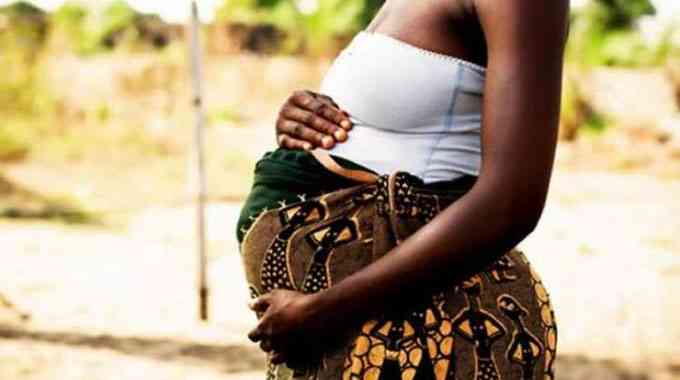
GOVERNMENT says the country’s economic growth is expected to increase by at least 6% this year, as the manufacturing industry is dominating across other sectors, a Cabinet minister has said.
Zimbabwe recently revised its gross domestic product (GDP) to US$44,4 billion from an initial estimate of US$35,2 billion following an economic census.
However, according to the country’s statistics agency, the Zimbabwe National Statistics Agency, the GDP declined by 1,73% to ZiG17,6 billion in the first quarter 2025 from ZiG17,9 billion in the fourth quarter of 2024.
Speaking at the Environmental, Social and Governance (ESG) Reporting workshop in Harare on Thursday, Finance, Economic Deveopment and Investment Promotion deputy minister David Kudakwashe Mnangagwa said economic growth is expected to rebound in 2025 to 6%.
“However, economic growth is expected to rebound in 2025 to 6 percent, mainly driven by a recovery in the agriculture, mining, and services sectors,” he said.
“This revision reflects improved coverage of formal and informal businesses and better measurement of economic activity across sectors.”
Mnangagwa said the economy has charged forward as a result of the manufacturing sector.
“The structure of the economy has also fundamentally changed, with the manufacturing sector now leading at 15,3%, followed by mining at 14,5%, and financial services at 10,8%,” he said.
- Experts downbeat as Ncube cuts GDP forecasts
- New perspectives: De-link politics from Zim’s education policies
- Is Zimbabwe ready for green building standards?
- Experts downbeat as Ncube cuts GDP forecasts
Keep Reading
“This marks a shift from the historical dominance of wholesale and retail trade, reflecting greater industrialisation and financial deepening key indicators of sustainable development.”
Mnangagwa said there is need to ascertain whether all the economic players are adhering to environmental, social governance best practice.
“Turning to our environment, the effects of climate change are no longer abstract.
“Zimbabwe has experienced increased extreme weather events, droughts, floods, and cyclones that threaten ecosystems, agriculture, biodiversity, and human security,” he said.
“These events, which include Cyclones Eline (2000), Japhet (2003), Dineo (2017), Idai (2019), Chalane (2020), Anna (2021), and Eloise (2022), as well as the recent El
Niño-induced drought in 2024 have significantly disrupted livelihoods and infrastructure, placing pressure on supply chains and increasing production costs, especially in energy-intensive industries.”










